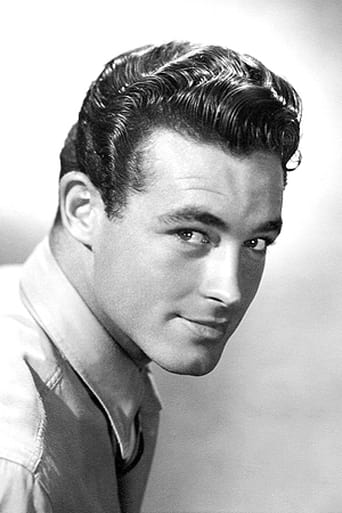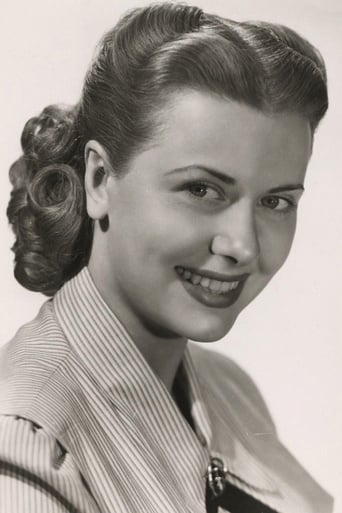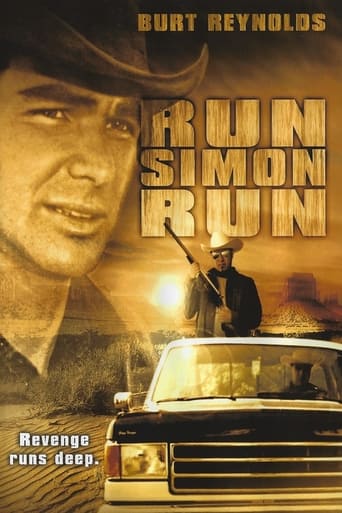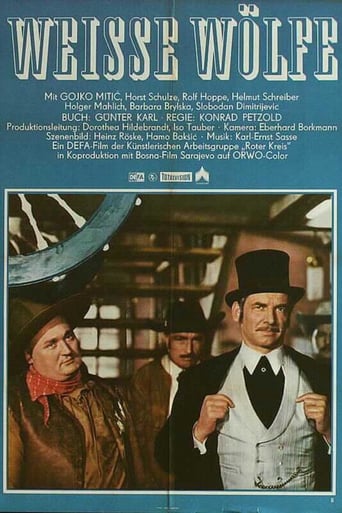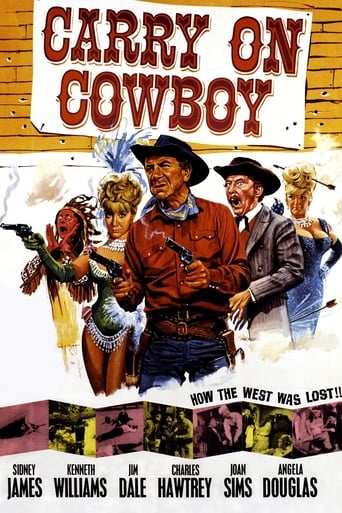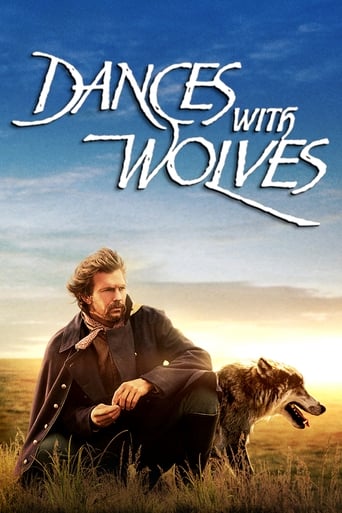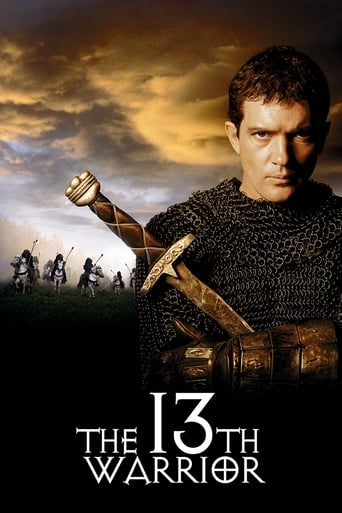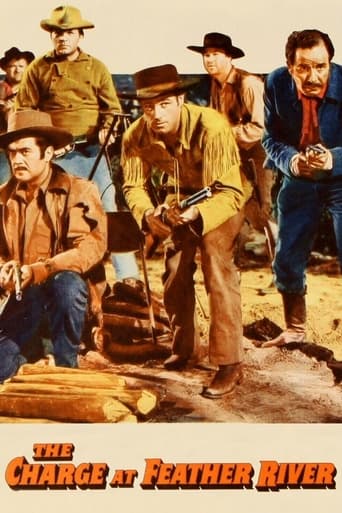

The Charge at Feather River (1953)
A frontier scout leads prisoners on a death mission to save a railroad and rescue two women.
Watch Trailer
Cast


Similar titles
Reviews
Guy Madison may well be the best looking "guy" in the movies and the way he was discovered supports that idea. He was sitting in an audience and an agent just happened to spot him. Guy was on leave from the service and was quickly signed and shot his one scene in a Selznick film of all things then returned to the service apparently unaware that he was on the verge of stardom. In this film Guy does what he does best - just looks good - who cares about the story or the other actors -Guy is like some mythological figure out of Greek or Roman history - you just cannot get enough of him - and he never disappoints - whether it's left profile or right or full frontal Guy Madison keeps the blood flowing and the old heart pumping just when it needs to pump.
How did a routine, frequently poorly acted movie with "small screen" star Guy Madison beat "Hondo," a complex, beautifully acted movie with John Wayne as biggest western moneymaker of 1953? No, the answer is not the faddish 3D process, as BOTH films were shot in 3D. I believe the answer lies in "...Feather River" is director Gordon Douglas' understanding of the potentials of 3D. Douglas and director of photography J. Peverell Marley produce some really impressive 3D visuals. The proof is this is even the "flat" version impresses with it's "in your face" effects.Madison is solid, as always,as are most of the cast of supporting players, virtually a "who's who" of great 50s character actors. The major false note is Vera Miles, in one of early roles. Miles is terrible, surprising, given her later career and her previous films. and veteran character actor Onslow Stevens disappoints in his final scene.On the other hand, even Max Steiner's clunky score adds to the fun."The Charge at Feather River" is the perfect example of how imaginative use of 3D can enhance the most familiar of material. While it's no where near the best film shot in 3D (which include "Hondo" and "Invaders From Mars" and "Creature From the Black Lagoon") it's he best 3D movie I have seen. I give "The Charge at Feather River" a "7".
The Charge At Feather River finds Guy Madison in charge of a group of misfit soldiers called the Guardhouse Brigade because that's where most of them were recruited for this mission from. The mission is to rescue two white women, Helen Westcott and Vera Miles, who were taken years ago during a raid and are now confirmed alive and now living with the Arapahoe. The worst of his recruits is Neville Brand, but the rest of the crew that Madison has are no prizes with the exception of Lane Chandler who was a former Confederate officer who captured Madison during the Civil War. Along for comic relief are Dick Wesson and Henry Kulky who provide some levity in what is a serious film.Vera Miles got her first real notice here. She's never been to Sweden, but she suffers from Stockholm syndrome as she now totally identifies with her captors. In fact she's going to be the bride of the chief, making him quite the envy of his tribe since none of them are married to any blonds. She acquits herself well in the part.The film is loosely based on a real cavalry engagement in the Indian Wars, the battle of Beecher's Island. It combines elements of The Dirty Dozen and with John Ford's classic Two Rode Together.And of course there's the 3-D which elicited a lot of excitement back in the Fifties. Even today seeing the various spears, tomahawks, and even some tobacco juice, courtesy of Frank Lovejoy, coming right at you on the small screen is impressive.The Charge At Feather River still holds up well today, but should really be seen at a movie theater.
Absolutely superior 3D photography, possibly the best from that short-lived gimmick (saw it slack-jawed at a recent 3D Festival here in Los Angeles). Very clever and simple effects from yoeman director Gordon Douglas, who handily uses his B-movie angles to great effect in this little saga, with a flawless Guy Madison and Frank Lovejoy very, very good in their parts as rogue officers leading a ragtag band (a'la THE DIRTY DOZEN) to find (a'la THE SEARCHERS)a woman kidnapped (not exactly against her will) by Indians (the added twist: an incredibly evil performance by a likewise kidnapped sister, Vera Miles, looking like she just graduated from high school, who stops at nothing to halt the progress of Our Guys. Two stand-out scenes, even in 2D, is Lovejoy spitting INTO the camera to rid himself of a deadly snake (sounding a lot like Mel Blanc hawking up), and the first use of the infamous "Wilhelm Scream" - since used in literally hundreds of films (and actully re-mastered by Ben Buritt for LucasFilms' use - you can hear it much like that strange "oh-oh" titter in old situation comedy tracks - in all Warner Bros. films from this movie on, as well as RAIDERS OF THE LOST ARK. Listen for it (in CHARGE AT FEATHER RIVER it comes right after the inevitable "You OK, Wilhelm?" before he's ZAPPED by an arrow in the chest - one of many thrown at the audience in the film's compact running time).


